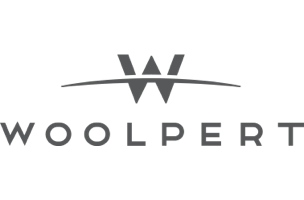Woolpert, a national architecture, engineering and geospatial firm, recently announced a contract with the U.S. Geological Survey to evaluate new LiDAR technologies in order to assess their suitability for the 3D Elevation Program.
According to a statement from the firm, one of the focuses of the evaluation will be the much buzzed-about single photon and Geiger-mode LiDAR technologies. Though these LiDAR technologies are new to the commercial market, Woolpert project director John Gerhard told SPAR, “Woolpert’s chief scientist Dr. Qassim Abdullah has been following the advancements in both single photon LiDAR and geiger-mode LiDAR sensors for the past few years.”
Woolpert will draw on their past experience operating LiDAR sensors and processing the data, Gerhard explained. “This examination will be used as the basis of a comprehensive report detailing the technology’s suitability to achieve 3DEP goals. The current 3DEP specification will be used as the guideline during the data review. As a result of the review, recommendations for updating the current 3DEP specifications for use of the technology will be provided.”
The firm expects to deliver final data products and a comprehensive report by the end of the year.
Should the technologies prove suitable, their use will aid the USGS in developing the 3DEP initiative to respond to issues such as flood-risk management, precision agriculture, natural resource management, infrastructure management and hazard mitigation.
“This technology provides the ability to fly at higher altitudes while acquiring data at an increased point density,” Gerhard explained in a prepared statement.
Some early providers of Geiger-mode technology for the consumer market claim measurement density of up to 100 points per meter versus the 8 points per meter collected by linear-mode LiDAR. They also claim that this leap in data density allows the collection of data for a full U.S. state in only one month—a rate of collection that would prove advantageous for the USGS if the technology can be implemented.






